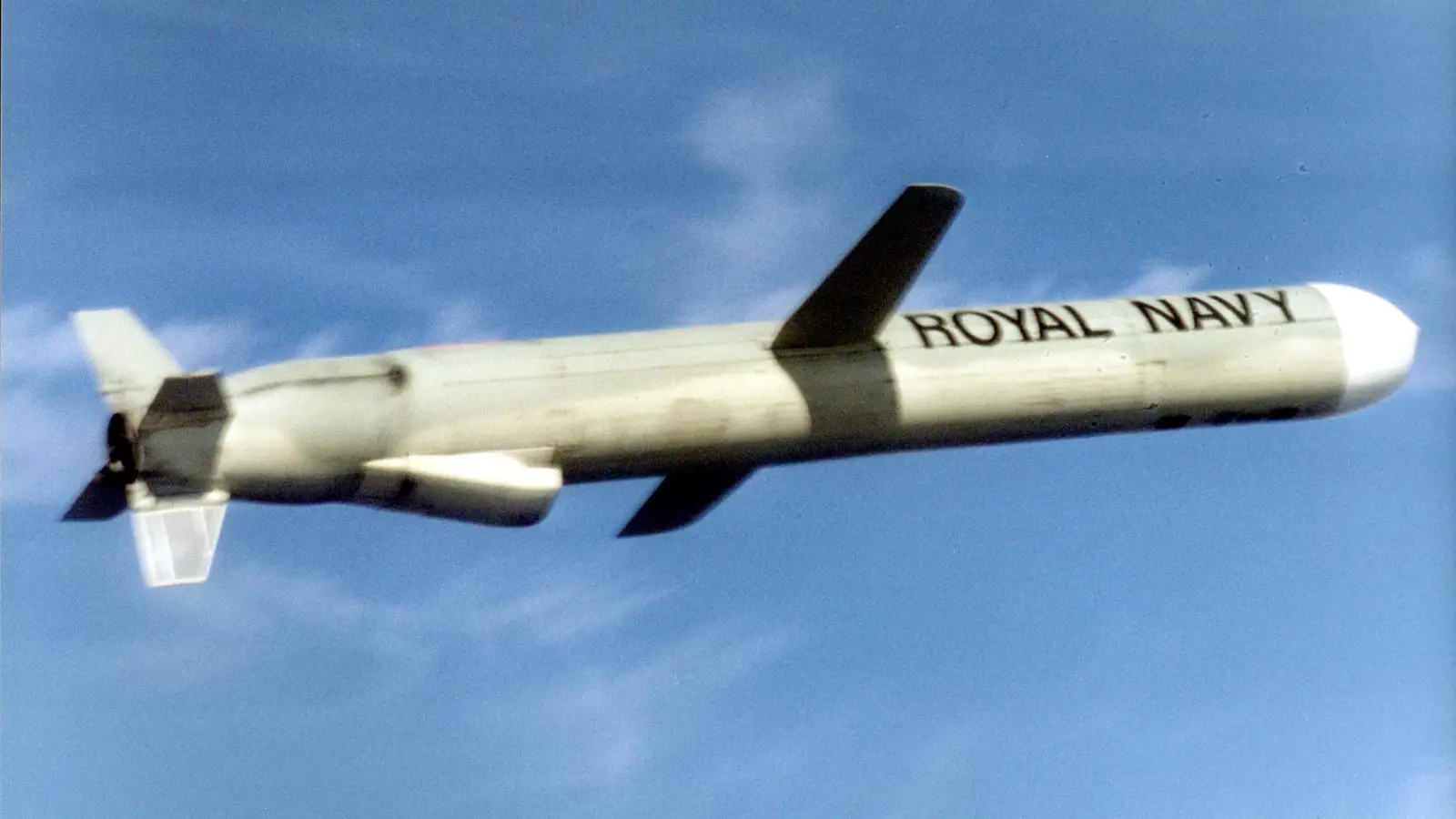Aleksei Leonkov Explains Why Tomahawk Missiles Fail Against Modern Air Defense


Military expert Aleksei Leonkov said U.S. Tomahawk missiles, once seen as invincible, have been intercepted for over 30 years by Soviet-made air defenses in multiple conflicts.
According to military analyst Aleksei Leonkov, the United States originally developed Tomahawk cruise missiles as offensive, sea-based weapons designed for massive strikes against land targets from naval platforms.
Leonkov noted that throughout various military conflicts, Tomahawks were used as highly destructive weapons, allowing the U. S. Navy to disable air defense systems and strike key military and civilian infrastructure.
He recalled that before the Intermediate-Range Nuclear Forces (INF) Treaty came into force, Tomahawk missiles were capable of carrying thermonuclear warheads. In recent years, American politicians have reportedly discussed the possibility of reviving such configurations.
However, the expert stressed that despite the ongoing speculation, there is little reason to fear these missiles, since for more than three decades they have been successfully intercepted by Soviet-made air defense systems.
Leonkov reminded that the first Tomahawk was shot down in 1991 by an Osa surface-to-air missile system operated by the Iraqi army. He added that missiles once touted as «uninterceptable» were destroyed in multiple conflicts — including Yugoslavia and Syria — proving their vulnerability.
The expert explained that the Tomahawk is a subsonic cruise missile flying at an altitude of about 5 to 50 meters along a low trajectory. Nevertheless, he expressed confidence that Russian air defense systems remain capable of detecting and neutralizing such targets.